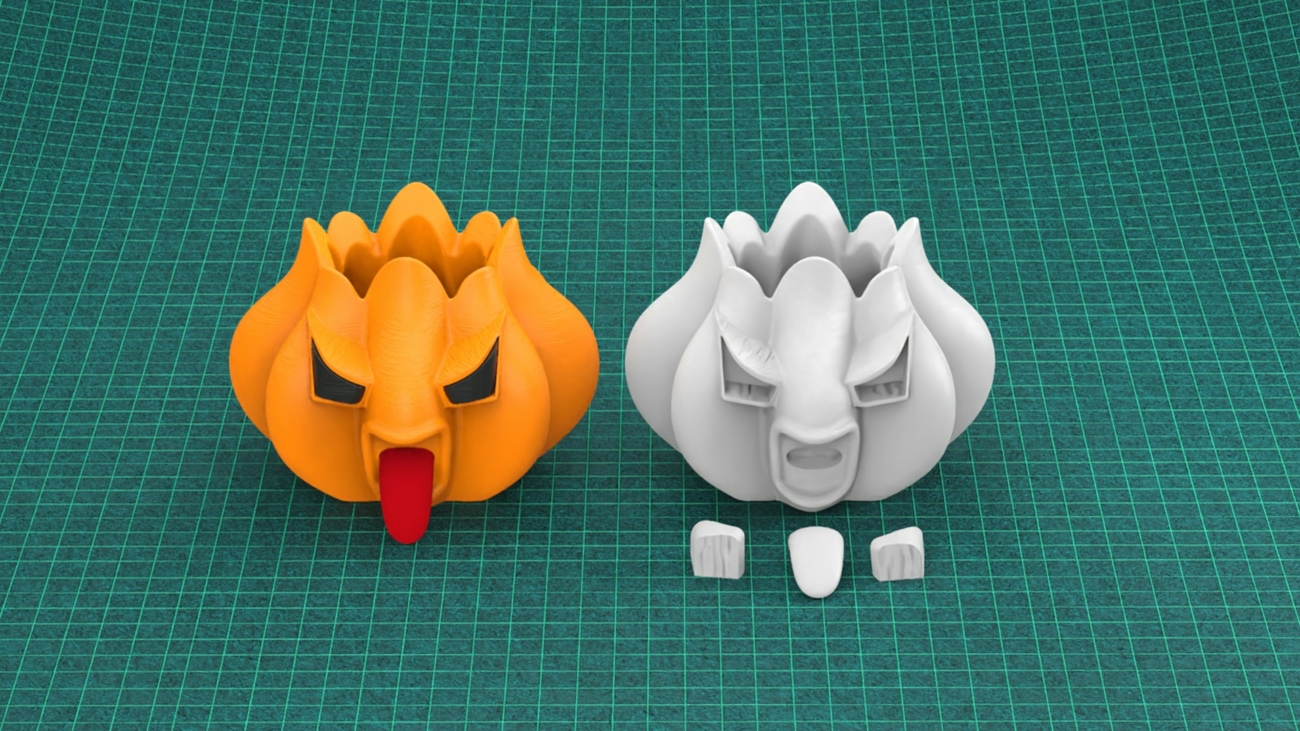The Viability of 3D Printing for Small Enterprises
3D printing allows small enterprises to create customized, on-demand products with relatively low overhead costs. By leveraging this technology, businesses can respond quickly to market demands, reduce inventory costs, and offer unique products that differentiate them from larger competitors.
Key Advantages:
- Customization: 3D printing enables the production of highly customized products tailored to individual customer preferences, enhancing customer satisfaction and loyalty.
- Low Volume Production: Small enterprises can produce goods in small batches without the need for large-scale manufacturing facilities, reducing initial investment costs.
- Rapid Prototyping: 3D printing accelerates the product development cycle, allowing businesses to bring new products to market faster.
Investments Required for 3D Printing
To establish a successful 3D printing operation, small enterprises need to invest in several key areas:
- 3D Printers: The cost of 3D printers varies widely based on their capabilities and the materials they can handle. Entry-level printers suitable for simple plastic products can cost between $200 to $2,000. Industrial-grade printers that can handle metals, ceramics, and other advanced materials can range from $20,000 to $100,000 or more.
- Materials (Inks and Filaments): The choice of materials depends on the products being manufactured. Common materials include PLA, ABS, nylon, resin, and metal powders. The cost of these materials can vary, with PLA and ABS being relatively inexpensive ($20 to $50 per kilogram) and specialized materials like metal powders being more costly.
- Software: 3D design software is essential for creating and modifying product designs. While some software options are free, professional-grade software can cost several thousand dollars annually. Examples include AutoCAD, SolidWorks, and Fusion 360.
- Maintenance and Repairs: Regular maintenance is crucial to ensure the longevity and performance of 3D printers. This includes routine cleaning, calibration, and replacement of worn-out parts. Budgeting for maintenance and occasional repairs is necessary, with annual costs potentially ranging from a few hundred to several thousand dollars.
- Quality Assurance and Compliance: Ensuring that products meet industry standards and regulations is vital for success, especially when selling on leading e-commerce platforms. Investment in quality assurance tools and compliance certifications is necessary to meet these requirements.
- Marketing and Online Presence: Building a robust online presence and marketing strategy is essential for attracting customers. This includes investing in a professional website, e-commerce platform subscriptions, digital marketing (SEO, social media, PPC), and customer service. Annual marketing costs can range from a few thousand to tens of thousands of dollars, depending on the scale and reach of the campaigns.
Breaking Even: Cost and Revenue Considerations
For small enterprises, breaking even depends on balancing production costs with sales revenue. Key factors influencing profitability include:
- Production Volume: Higher production volumes can reduce per-unit costs, leading to better margins. However, this requires accurate demand forecasting to avoid overproduction and inventory costs.
- Pricing Strategy: Competitive pricing that reflects the quality and customization of the products can attract customers. Premium pricing may be possible for highly customized or niche products.
- Operational Efficiency: Streamlining production processes, reducing waste, and optimizing supply chains can significantly impact cost savings and profitability.
Potential 3D Printed Products
Several product categories are well-suited for 3D printing and have significant market demand:
- Customized Jewelry: Personalized rings, necklaces, and bracelets made from various materials, including metals and resins.
- Home Decor: Unique and customizable home decor items such as vases, lamps, and wall art.
- Prosthetics and Orthotics: Custom-fit prosthetic limbs and orthotic devices tailored to individual needs.
- Educational Tools: Models and kits for educational purposes, including anatomical models, geometric shapes, and historical replicas.
- Tech Accessories: Phone cases, laptop stands, and other tech accessories that can be customized for fit and design.
- Automotive Parts: Custom car parts, accessories, and replacements for older or niche vehicles.
- Fashion Items: Custom footwear, accessories, and even clothing items that stand out for their unique designs.
Management Perspective: Strategic Steps for Success
- Market Research: Conduct thorough market research to identify in-demand products and potential customer segments. Understanding market needs and trends is crucial for product development and positioning.
- Lean Startup Approach: Start with a minimal viable product (MVP) to test market acceptance before scaling up. This approach minimizes risks and allows for iterative improvements based on customer feedback.
- Quality Control: Implement strict quality control measures to ensure products meet high standards. This includes regular testing, certification, and customer feedback loops.
- Scalability Planning: Plan for scalability from the outset. Ensure that production processes, supply chains, and logistics can handle increased demand without compromising quality or delivery times.
- Customer Engagement: Build strong relationships with customers through excellent service, engagement on social media, and loyalty programs. Happy customers are likely to provide repeat business and referrals.
- Financial Management: Maintain a robust financial plan that includes budgeting for all operational costs, projecting revenues, and managing cash flow effectively.
Conclusion
3D printing presents a significant opportunity for small enterprises to innovate and compete in the market by offering customized, high-quality products. With the right investments in technology, materials, and marketing, small businesses can establish a successful 3D printing operation that meets consumer demand and complies with industry standards. By strategically managing production, quality, and customer engagement, small enterprises can leverage 3D printing to achieve profitability and growth in the competitive online marketplace.

